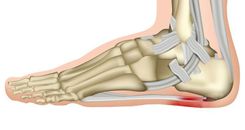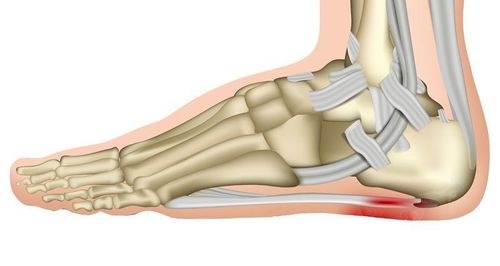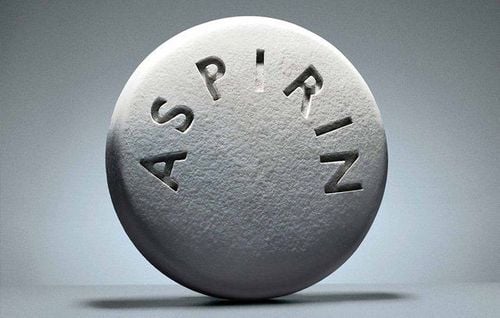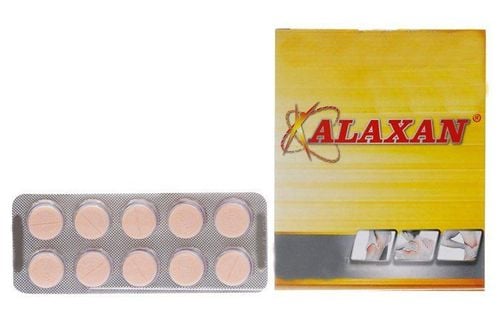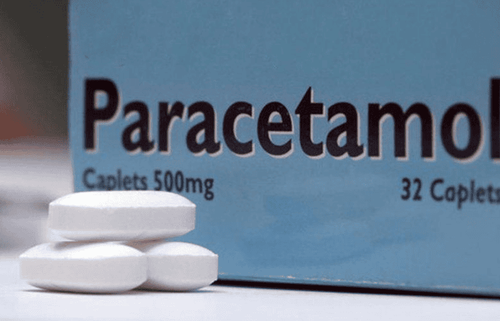The article was written by GS.TS.BS Philippe Macaire - Senior consultant in Anesthesiology & Pain management – Vinmec Healthcare System
Tailbone pain, called “coccydynia,” is pain in and around the small triangular bone at the very bottom of your spinal column, above the cleft of your buttocks.
1. What is the tailbone/coccyx?
Your coccyx is made up of three to five fused vertebrae (bones). It lies beneath the sacrum, a bone structure at the base of your spine. Several tendons, muscles and ligaments connect to it. Both the coccyx and the ischial tuberosities (two bones that make up the bottom of your pelvis) bear your weight when you sit down. Two-thirds of adults have a coccyx that curves a bit instead of pointing straight down, but one that is curved too far is abnormal and, therefore, painful.
2. Why does my tailbone hurt?
Tailbone pain ranges from a dull ache to a fierce stab. It can last for weeks, months or sometimes longer. There are three types of events that cause tailbone pain:
- External Trauma: A bruised, broken or dislocated coccyx caused by a fall.
- Internal Trauma: Trauma caused by a difficult childbirth or from sitting on a narrow or hard surface for too long.
- Others: Infection, abscess and tumors.
Interestingly, for one-third of those with coccydynia, the cause is unknown.
3. Is tailbone pain (coccydynia) permanent?
No. Tailbone pain is rarely lifelong.
4. How common is tailbone pain (coccydynia)?
Tailbone pain is common.
Women are five times more likely than men to develop coccydynia. Adults and adolescents get it more often than children. Obese persons are three times more susceptible than those at the ideal weight according to scale. You’re also more vulnerable if you lose weight too quickly.
5. Symptoms and Causes
5.1. What causes tailbone pain (coccydynia)?
- Falling
Who hasn’t fallen backwards onto their behind? Maybe your feet slipped out from under you on the ice. Maybe you fell off a ladder. Or, maybe you were leaning too far back in your office chair and took a tumble. If you take a really bad fall you can bruise, break (fracture) or dislocate (knock out of place) your tailbone (coccyx).
- Repetitive Strain Injury (RSI)
Sports like bicycling and rowing require you to lean back and forth and stretch your spine. Too much of that repeated motion can strain the tissues around your coccyx.
- Pregnancy/Childbirth
During the third trimester of pregnancy, a woman’s body secretes hormones that soften the area between the sacrum and the coccyx. This enables the coccyx to move as necessary during childbirth. This is a natural process but, unfortunately, such movement may stretch the muscles and ligaments around the coccyx too far, causing additional pain. Such a strain on those soft tissues keeps them from supporting your coccyx at the correct angle.
- Obesity
Extra weight applies additional pressure to the coccyx. This can cause the coccyx to lean backward. Your tailbone will hurt if it is out of position.
- Underweight
If you don’t have enough fat in your buttocks to prevent your coccyx from rubbing against the muscles, ligaments and tendons, that can cause. The rubbing inflames the soft tissues.
- Sitting
Just this simple act can increase coccyx pain, especially if you’re sitting on a hard or narrow surface. Do your best to get up often, stretch and take a short walk. Better yet, find yourself a softer, more comfortable place to sit or use a cushioned seat.
- Cancer
Only in rare cases is tailbone pain a sign of cancer. It is extremely unlikely.
5.2. What are the symptoms of tailbone pain (coccydynia)?
- The symptoms of coccydynia include:
- Achy or piercing pain in the tailbone.
- More severe pain when changing from sitting to standing up.
- More severe pain when sitting for long periods of time.
- Pain during bowel movements.
- Pain during sex.
5.3. Is tailbone pain (coccydynia) a sign of pregnancy?
As the fetus grows, its weight does put pressure on your pelvic space, causing pain in that general area.
5.4. Can tailbone pain (coccydynia) cause rectal pain?
Yes, chronic coccydynia is one of the causes of rectal pain.
5.5. Does menstruation cause tailbone pain (coccydynia)?
Tailbone pain is typically worse when a woman is menstruating.
6. Diagnosis and Tests
How is coccydynia (tailbone pain) diagnosed?
First, It is a clinical diagnosis
After getting your general medical history, your healthcare provider will ask you about any recent traumas including a fall or childbirth. Next he/she will do a visual examination of the area checking for an obvious fracture, deformity, mass or an abscess (infection). The palpation of the coccyx and the sacro-coccyx joint will confirm the diagnosis
Sometimes sommes imaging investigations may be indicated:
- X-ray
- CT scan
- MRI
- Bone scan
7. Management and Treatment
How is coccydynia (tailbone pain) treated?
Most people recover without undergoing any sort of treatment. Of those who do require treatment, 90% just need to use at-home remedies.
At-home remedies for tailbone pain (coccydynia) include:
- Taking a NSAID like ibuprofen to reduce pain and swelling.
Decreasing sitting time. Lean forward if you have to sit.
- Taking a hot bath to relax muscles and ease pain.
- Using a wedge-shaped gel cushion or coccygeal cushion (a “donut” pillow) when sitting.
- Taking stool softeners to reduce pain during bowel movements.
- Stretching and strengthening the muscles of your lower back and pelvis.
- Applying hot or cold packs to your lower back. Apply for no longer than 20 to 30 minutes, several times a day.
- Wearing loose-fitting clothing.
Outpatient treatments for tailbone pain (coccydynia) include:
- Blocking the nerve supply of the area under ultrasound guidance - a Coccygeal nerve block - using Local anesthestics (numbing medications) and steroids to decrease the inflammation. after the block the pain will immediately disappear temporarly
- Massage therapy (usually only provides temporary relief).
- Stretching exercises and posture improvement guided by a physical therapist.
- In refractory pain neurolitic blocks with neurotoxin can block the pain for months
Surgical options are extremely rare:
- How is tailbone pain (coccydynia) treated when a woman is pregnant?
When you are pregnant, it’s normal to have tailbone pain. Pain comes from sitting for long periods of time, but can also occur when standing and walking. This is because the growing fetus is putting pressure on the bone. Physical therapists recommend you lie on your side when you sleep and sit on a coccyx cushion. Both will help relieve some of the pain by taking pressure off of your coccyx.
- Does walking help tailbone pain (coccydynia)?
Yes. Standing up and walking around decreases pressure on your coccyx, reducing pain.
- How should I sleep with tailbone pain (coccydynia)?
Sitting, driving, bending and sleep are all affected by tailbone pain. In severe cases it can vastly decrease your quality of life. Lie on your side to reduce tailbone pain.
- Can a chiropractor help with tailbone pain (coccydynia)?
Yes. A chiropractor can help correct the misalignment of a coccyx that leans too far forward or back.
8. Outlook / Prognosis
- What can I expect if I have tailbone pain (coccydynia)?
Dull pain, hard pain, stabbing pain, and any other amount and severity of pain in between. Your pain will be worse when you sit and stand up, and also when you have a bowel movement and have sexual intercourse.
- How long will I have tailbone pain (coccydynia)?
Only a few days or weeks, typically. Less time if you use your at-home remedies.
- When can I go back to work/school?
Tailbone pain is uncomfortable but it shouldn’t keep you from your daily activities. If it does, contact your healthcare provider and make an appointment right away.
- What is the outlook for tailbone pain (coccydynia)?
Tailbone pain is not something you just have to live with. Follow the at-home remedy recommendations and check with your healthcare provider about outpatient options.
- When should I see my healthcare provider?
See your healthcare provider if your severe tailbone pain does not improve within a few weeks. Also see him/her if your at-home remedies don’t work.
Please dial HOTLINE for more information or register for an appointment HERE. Download MyVinmec app to make appointments faster and to manage your bookings easily.

